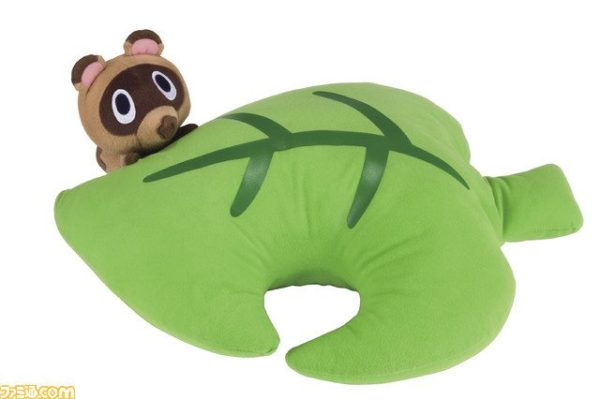
Initially, there’s always going to be some pushback against any change, but once you can demonstrate that it doesn’t affect the results, then people are more open to it. In our paper, we demonstrated that carryover didn’t happen - I showed that using glass had no impact on the results of our shellfish toxin tests. When we looked at switching to glass instead of plastic, there were concerns about toxin carryover and contamination. Much of the reduction was achieved just by composting and recycling, and not using single-use plastics. We were producing about 4,000 kilograms of waste per year, and we’ve got that down to 130 kilograms. We also do a lot of research on biotoxins.

We get just over 3,000 samples per year that need to be tested for regulated toxins, and we complete more than 5,000 tests per year. We run Ireland’s national monitoring programme for toxins in shellfish. She talked to Nature about the initiative’s challenges and successes, how her team can be a blueprint for other labs and what she’d like to see governments and others do to help. Kilcoyne spearheaded the first part of the project, which focused on reducing waste (a colleague then led the energy-reduction part). What can you do to make your lab greener? The team’s savings dwarfed the small costs of their sustainability measures, such as buying a filter for their chemical storage cabinet and setting up a system to recycle their polystyrene. Finally, with a few small changes, such as keeping the fume-hood sash down while the device is not in use and raising the temperature of their cold storage, they lowered the total electricity consumption of the institute’s entire 11,000-square-metre headquarters by 26%.Īlthough environmental sustainability is thought of as expensive, many strategies adopted by Kilcoyne and her colleagues involved using less - whether chemicals, paper, energy or plastic. By ordering and preparing solutions and reagents only as required and extending expiry dates of homemade solutions, they reduced their chemical waste by around 23%, or 300 litres. In March 2022, they published a paper about how they reduced the environmental impacts of their lab 1. The seven-person lab tests thousands of samples of shellfish for toxins every year at the Marine Institute, a government agency responsible for marine research, in Galway, Ireland. But over the next year, Jane Kilcoyne, a research chemist, and her laboratory went on to save €15,800 (US$16,000), shrink their non-chemical waste by more than 95% and reduce their consumption of single-use plastics by 69%.

It started in 2019, with a simple switch from plastic 200-milliliter containers to compostable ones.

One lab’s choices to cut back on waste production and energy consumption - such as switching from plastic to reusable glassware - saved thousands of euros.


 0 kommentar(er)
0 kommentar(er)
